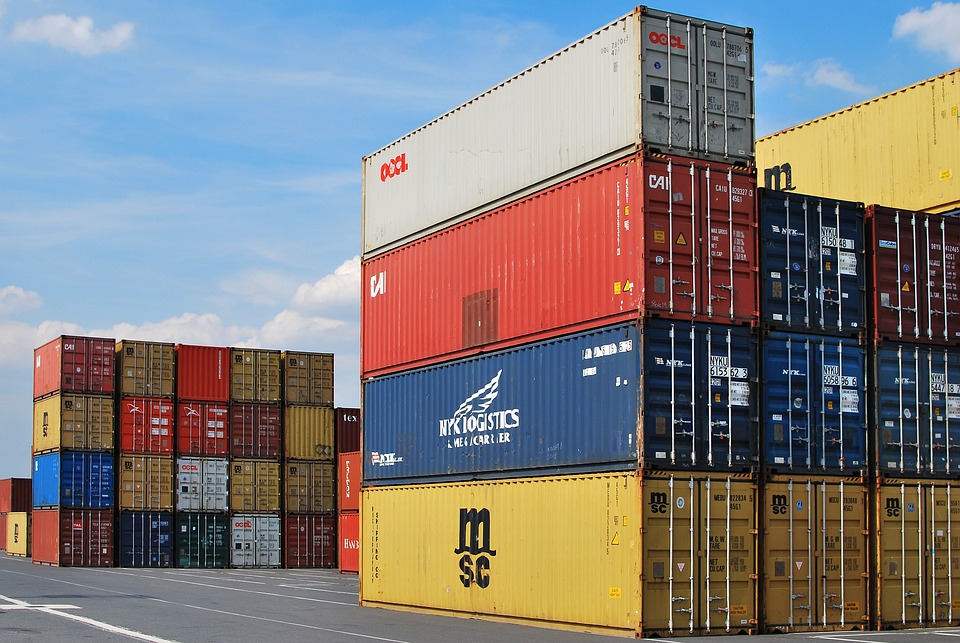Challenges and Opportunities in International Film Distribution
In the ever-evolving world of cinema, film distribution plays a critical role in ensuring that movies reach their intended audience. With the rise of digital platforms and globalization, the landscape of international film distribution has experienced both challenges and opportunities.
Challenges in International Film Distribution
1. Cultural Barriers: One of the biggest challenges in international film distribution is the cultural barrier. What may work in one country may not necessarily translate well in another. Understanding cultural nuances, language differences, and societal norms are essential in successfully distributing a film to a global audience.
2. Legal and Regulatory Hurdles: Each country has its own set of rules and regulations when it comes to film distribution. Navigating through licensing agreements, censorship laws, and distribution rights can be a complex and time-consuming process for filmmakers and distributors.
3. Competition from Hollywood: Hollywood dominates the global film market, making it challenging for independent filmmakers from other countries to compete. With big-budget blockbusters and established studios controlling a significant portion of the market share, it can be tough for smaller films to break through and find an audience.
4. Piracy: The proliferation of illegal streaming sites and torrenting has posed a significant threat to the film industry. Piracy not only affects the revenue stream for filmmakers and distributors but also undermines the value of intellectual property rights.
5. Language Barriers: Language can be a significant barrier in international film distribution. While subtitles and dubbing can help overcome this hurdle to some extent, not all viewers are willing to watch films in a different language.
Opportunities in International Film Distribution
1. Digital Platforms: The emergence of digital platforms such as Netflix, Amazon Prime, and Hulu has revolutionized the way films are distributed internationally. These platforms provide a global audience with access to a vast library of films from around the world, giving independent filmmakers a chance to reach a wider audience.
2. International Co-Productions: Collaborating with filmmakers from different countries can open up new avenues for international film distribution. Co-productions allow filmmakers to share resources, talent, and expertise, making it easier to navigate the complexities of global markets.
3. Film Festivals: Film festivals serve as a vital platform for showcasing independent films to a global audience. Festivals like Cannes, Sundance, and TIFF attract international distributors, buyers, and press, providing filmmakers with an opportunity to network and secure distribution deals.
4. Emerging Markets: While Hollywood dominates the global film market, there is a growing appetite for diverse and culturally relevant content in emerging markets such as China, India, and South Korea. Tapping into these markets can be a lucrative opportunity for filmmakers looking to expand their reach beyond traditional markets.
5. Direct-to-Consumer Distribution: With the rise of streaming services and video-on-demand platforms, filmmakers now have the option to bypass traditional distribution channels and reach audiences directly. This direct-to-consumer model allows filmmakers to retain more control over their content and revenue stream.
In conclusion, international film distribution presents both challenges and opportunities for filmmakers looking to reach a global audience. While navigating through cultural, legal, and competitive hurdles can be daunting, the emergence of digital platforms, international co-productions, film festivals, and emerging markets offer new possibilities for filmmakers to showcase their work on a global scale. By leveraging these opportunities and embracing innovation, filmmakers can overcome the challenges of international film distribution and connect with audiences around the world.



